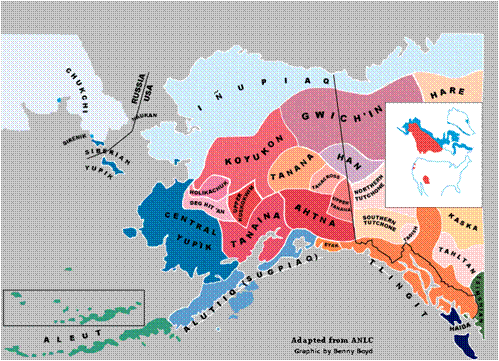
Threats to Extreme Environments
HOT ARID
Due to the aridity of the land (how dry it is) many people get their water from underground aquifers. This can lead the water table to drop. A lower water table and less water means that plants adapted specially to get this water (by using deep roots) cannot get it and may die out. Animals that rely on the plants as a food source could also decrease in number which disrupts the food chain.
In the past, over 600 dialects were spoken amongst the aboriginal Australians. In many places European languages, especially English, have been adopted by the youngest generations of tribes as they seek to communicate more with the ‘outside world’. Now there are less than 200 dialects, some languages like Tasmanian Port Sorell have lost their last speaker and all but 20 of the remaining dialects are on the verge of dying out.
Increased transport links have led to the Aboriginal culture being threatened as they are becoming exposed to western culture. Many of the younger generation are being tempted away by education opportunities and well paid jobs in urban areas. Many have become ‘addicted’ to tobacco, alcohol and drugs and the associated social problems (crime, violence and suicides) have started to rise amongst the population.
The Australian Outback has suffered greatly from increased tourism. Many Aboriginal people do not play a part in the tourist trade even though it is in the land they have inhabited for years and most tourists do not learn anything about their culture – the paintings and objects merely become souvenirs and the history behind them is lost. Tourists erode the landscape by walking up cultural sites such as Uluru, they pollute the area with litter and vehicle emissions and many disrespect the heritage of the land.



POLAR
Many young native Alaskans have left the region in search of better paid work in other states of America The Alaskan climate and environment limits opportunities in agriculture and tourism. Low population density means limited service sector employment too.
In the past, 20 native languages were widely spoken in Alaska. As elsewhere in North America, European languages such as English have been adopted by the youngest generations of tribes. In-migration of settlers since the 1700s has brought new languages. Native names were replaced by names like Peter and John. In the 1970s, American schooling insisted on classroom use of English. Now, some languages like Eyak have lost their last speaker and others are on the verge of dying out.
Millions of square kilometres of permafrost have been damaged because people didn’t take account of the sensitive soil conditions. Wide scale melting can be found around warm urban areas such as Fairbanks and Barrow in Alaska. However, the greatest human threat comes from global warming. Temperatures are rising in Alaska, perhaps by as much as 5°C over the past century. Scientists are also reporting an increased frequency of landslides in the permafrost.
Alaska has suffered badly from the extraction of oil in the North Slope area. In 1989, an oil tanker, Exxon Valdez, ran aground on the Alaskan coast while transporting oil to market. Only 15% of the 11 million spilled gallons was ever recovered, and 5,000 sea otters and many seals and eagles were killed. More recently, a broken pipeline in 2006 spilled 200,000 gallons of oil in the fragile North Slope region.





